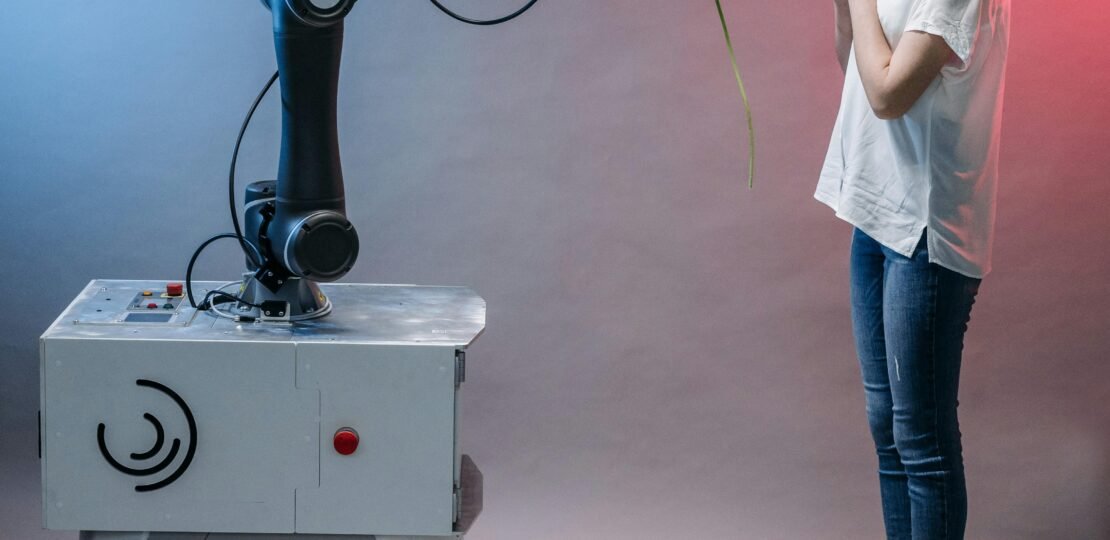Meta’s Yann LeCun Predicts a ‘New AI Architectures Paradigm’ Within 5 Years and a ‘Decade of Robotics’
The AI Revolution is Just Getting Started
Meta’s chief AI scientist, Yann LeCun, just dropped a bombshell at Davos: the AI systems we’re using today? They’re about to become obsolete. In a fiery session titled “Debating Technology,” LeCun declared that a “new paradigm of AI architectures” will emerge within the next three to five years, blowing current systems out of the water. And that’s not all—he’s calling the 2030s the “decade of robotics,” where AI and robotics will merge to create a new era of intelligent applications.
“The shelf life of the current [LLM] paradigm is fairly short, probably three to five years. Within five years, nobody in their right mind would use them anymore.”
Yann LeCun, Meta’s Chief AI Scientist
Why Current AI Systems Are Falling Short
LeCun didn’t hold back. He called out the limitations of today’s AI systems, especially large language models (LLMs) like ChatGPT. Sure, they’re useful, but they’re not truly intelligent. Here’s why:
- No Understanding of the Physical World: LLMs can’t grasp how the real world works.
- No Persistent Memory: They can’t remember or learn from past experiences.
- No Reasoning: They’re great at pattern recognition but can’t think logically.
- No Complex Planning: They can’t strategize or plan ahead.
“LLMs are good at manipulating language, but not at thinking,” LeCun said. “That’s what we’re working on—building systems that can create mental models of the world.”
The Rise of ‘World Models’
LeCun’s vision for the future revolves around “world models”—AI systems that can understand the dynamics of the real world. These systems will have:
- Memory: They’ll remember and learn from experiences.
- Common Sense: They’ll understand basic human intuition.
- Reasoning: They’ll think logically and solve problems.
- Complex Planning: They’ll strategize and adapt to real-world scenarios.
“If our plan succeeds, within three to five years, we’ll have systems that are a completely different paradigm,” LeCun said. “They’ll have some level of common sense and learn how the world works by observing and interacting with it.”
The Decade of Robotics
While generative AI has been stealing the spotlight, LeCun believes the next big wave will be in robotics. He predicts the 2030s will be the “decade of robotics,” where AI-powered robots will achieve human-like intelligence in real-world settings.
“We don’t have robots that can do what a cat can do. Understanding the physical world of a cat is way superior to everything we can do with AI.”
Yann LeCun
Meta and OpenAI are already diving into robotics research. OpenAI recently posted job listings for a new robotics team focused on creating “general-purpose,” “adaptive,” and “versatile” robots. The goal? Machines that can navigate the real world as effortlessly as a cat.
What’s Next?
LeCun’s predictions are bold, but they’re backed by decades of research and innovation. The AI systems of tomorrow won’t just generate text or images—they’ll think, reason, and interact with the world in ways we can barely imagine today. And with robotics on the rise, the line between machines and humans is about to get a lot blurrier.
So, buckle up. The AI revolution is just getting started, and the next five years are going to be wild.



